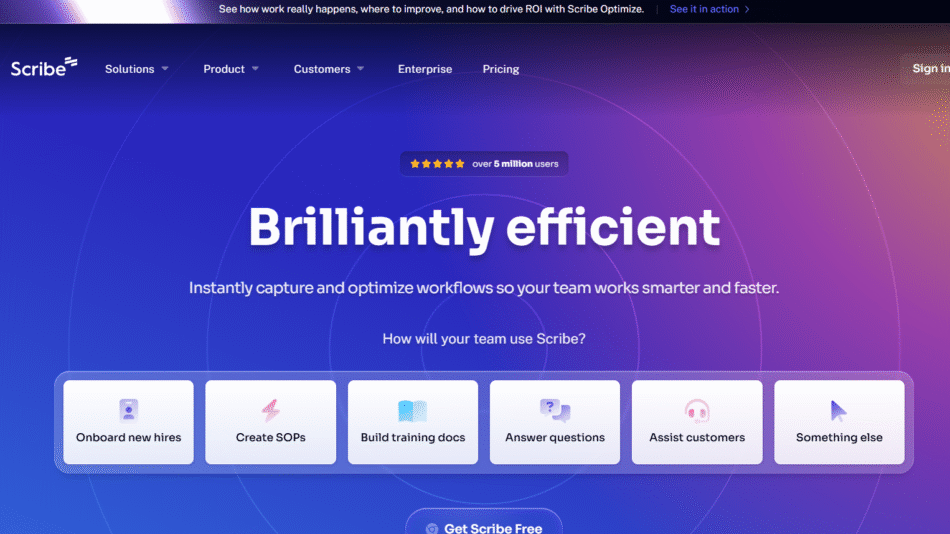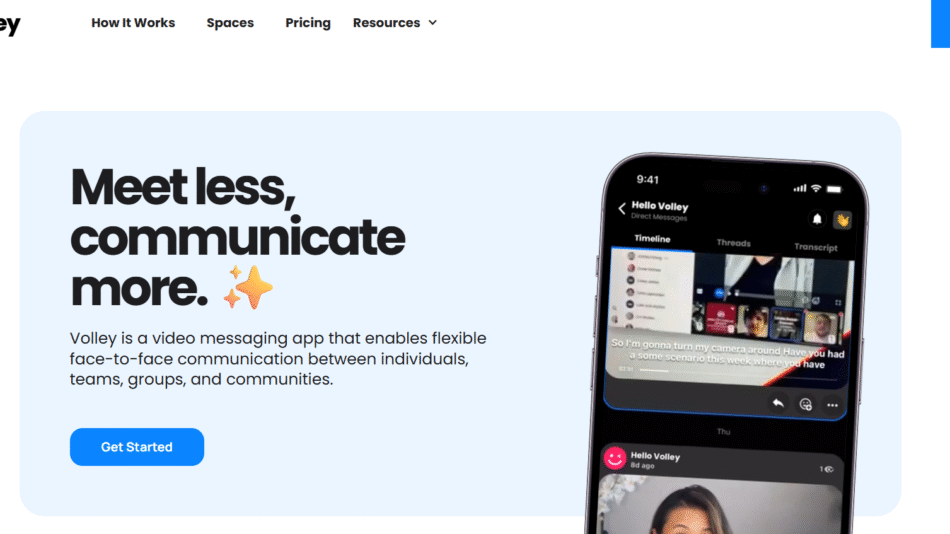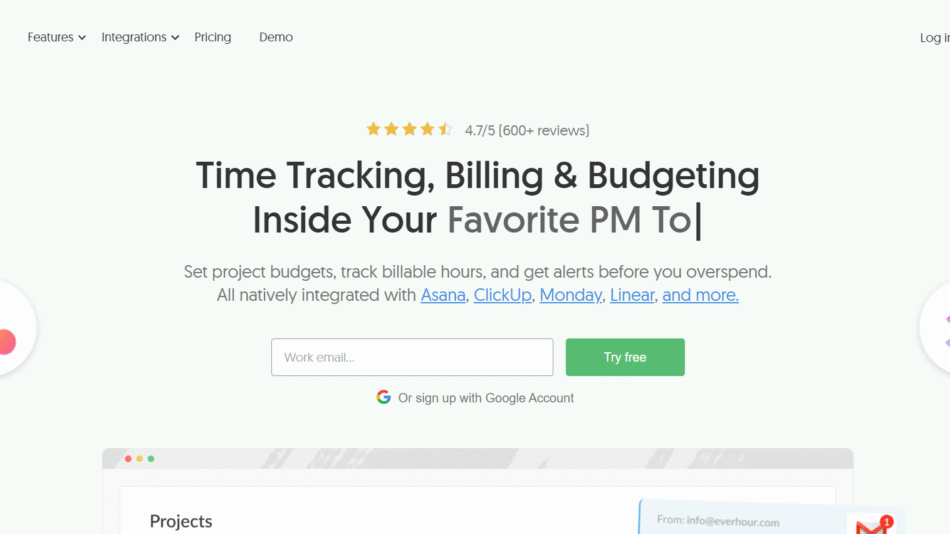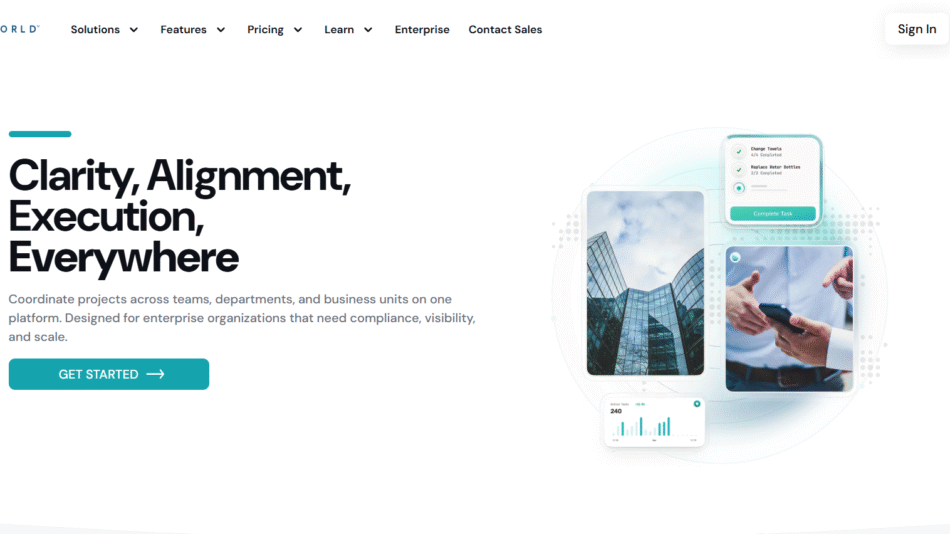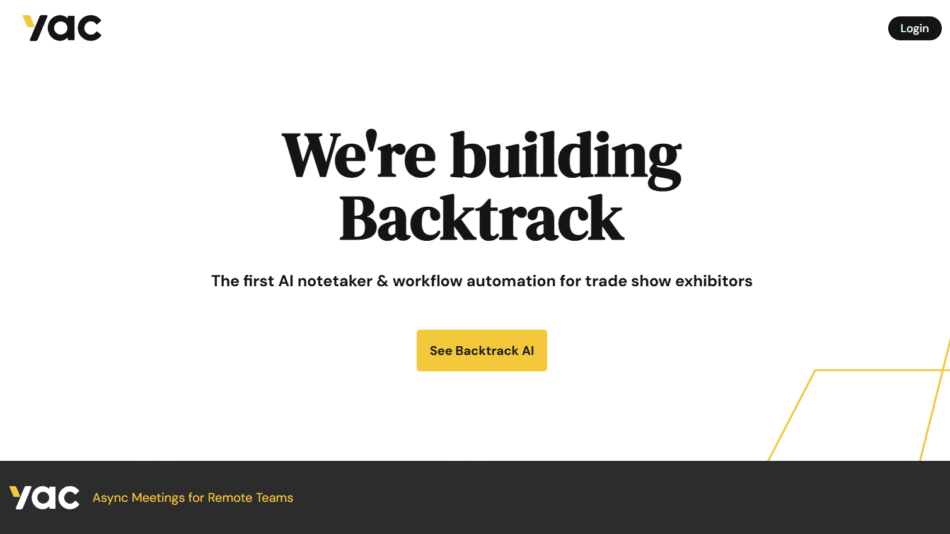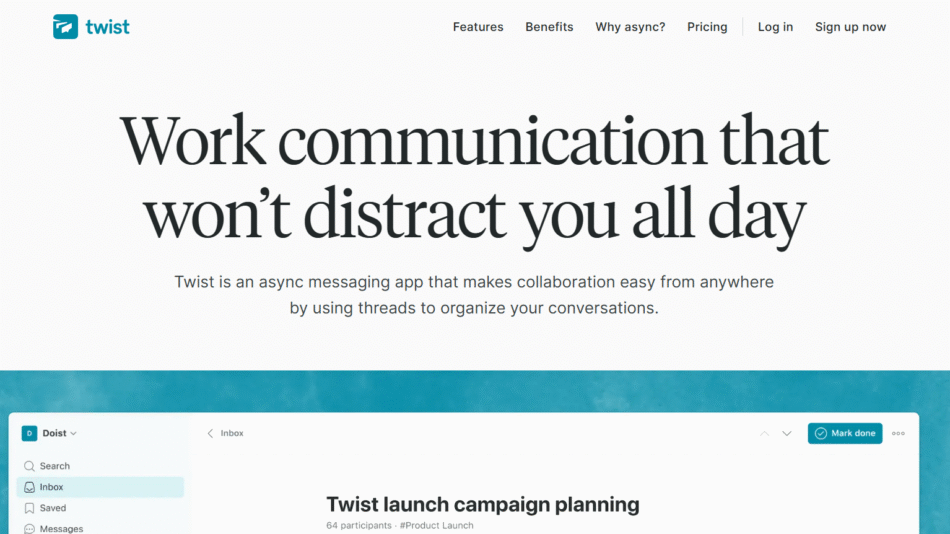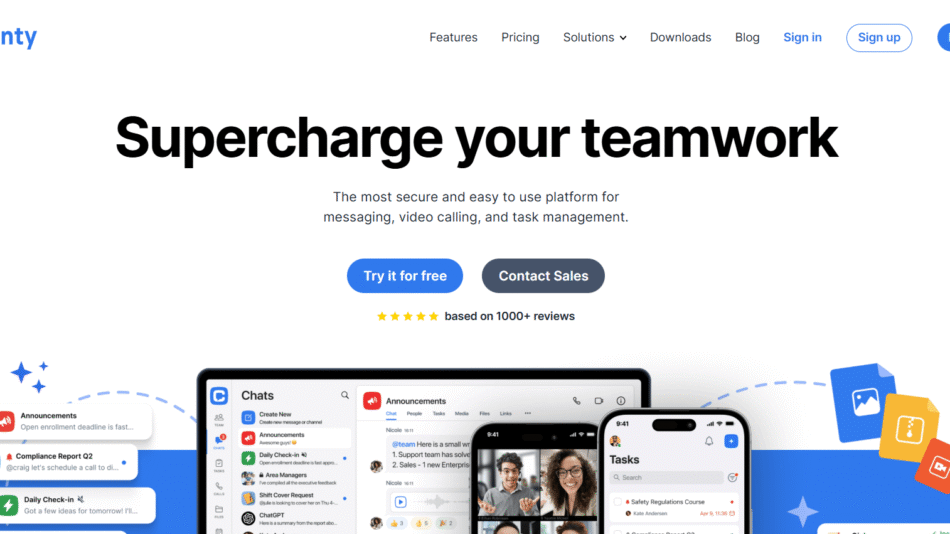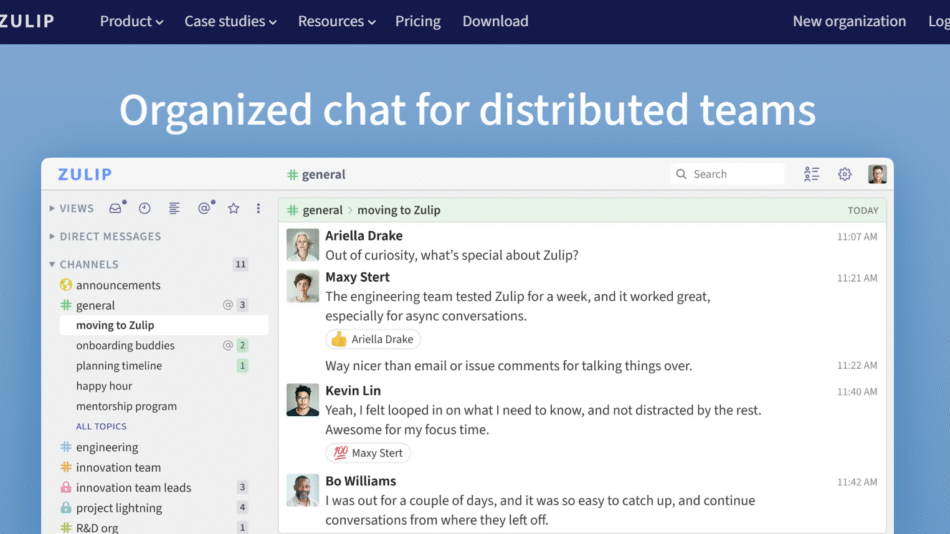Flex AI is an advanced platform for building, deploying, and managing AI-powered agents capable of performing multi-step, complex workflows. Built for enterprises, developers, and operations teams, Flex AI allows users to automate repetitive or logic-driven tasks by creating intelligent agents that interact with APIs, tools, and systems — all through a secure, controlled environment.
As the demand for automation and intelligent assistants increases, Flex AI offers a developer-first infrastructure that supports natural language task orchestration, API integrations, data retrieval, and secure task execution. Unlike traditional robotic process automation (RPA) or simple chatbot builders, Flex AI is built to help teams go beyond simple automations and create AI agents that can reason, decide, and act independently within defined guardrails.
The platform is currently in developer preview and is focused on giving early access to teams that want to explore scalable, AI-native workflows.
Features
AI Agent Builder
Flex AI provides an agent development interface where you can define an agent’s purpose, capabilities, and rules. Agents can perform structured tasks like creating reports, querying APIs, analyzing data, or even triggering webhooks — all based on language inputs or internal triggers.
Natural Language Instructions
Use natural language to program and instruct your agents. Flex interprets the instructions and compiles them into actions, sequences, or decision trees — dramatically reducing the time needed to build custom workflows.
Multi-Tool Integration
Agents can connect with a wide range of SaaS tools, APIs, and internal systems. Whether it’s Salesforce, Slack, GitHub, Stripe, or custom REST APIs, agents can query and interact with systems programmatically.
Agent Memory and Reasoning
Flex agents are stateful, meaning they can remember prior interactions or data within a session or over longer time spans. This enables context-aware decisions, ongoing workflows, and personalization.
Secure and Auditable Execution
Every action taken by an agent is logged and auditable. Enterprise-grade security ensures agents act only within predefined scopes, reducing risk and enforcing compliance.
Custom Triggers and Scheduling
Agents can be invoked through user prompts, API calls, time-based schedules, or events from external systems. This flexibility allows for automation of both reactive and proactive tasks.
Agent Collaboration
Multiple agents can be orchestrated to collaborate on tasks — such as one agent gathering data and another performing analysis or follow-up actions.
Developer APIs and SDKs
Flex AI is built for developers. The platform provides comprehensive APIs, SDKs, and CLI tools to integrate agent behavior into applications, microservices, or internal platforms.
Observability and Debugging Tools
Flex AI offers real-time logs, execution timelines, and error tracking tools to help teams understand and optimize how agents behave and interact with systems.
How It Works
The Flex AI platform enables users to define intelligent agents that operate within secure execution environments. Here’s a simplified overview of how the system works:
Define Your Agent
Using the Flex AI web interface or API, developers define an agent’s name, description, capabilities, and limits. You can assign system functions, context memory, and integrations.Specify Actions and Integrations
Next, the agent is configured with access to APIs, datasets, or systems it needs to interact with. This may include CRM platforms, ticketing systems, databases, or third-party SaaS tools.Deploy and Test
Once the agent is ready, it can be tested in a secure sandbox environment. Users can interact with the agent using prompts, scripts, or triggers.Monitor and Refine
After deployment, agents can be monitored in real-time. Logs and analytics allow developers to refine agent behavior, improve error handling, and adjust business logic.Scale and Automate
Once validated, agents can be scaled to operate across environments and teams — performing actions like sending alerts, handling customer operations, or managing backend workflows automatically.
Use Cases
Customer Support Automation
Agents can handle repetitive customer support tickets, respond to common queries, gather relevant customer data, and escalate complex issues to human agents when needed.
Internal Operations
Teams use Flex to automate tasks like generating weekly performance reports, syncing CRM records, and conducting compliance checks.
Finance and Billing Workflows
Agents can track invoices, monitor payment statuses, generate billing summaries, or reconcile transaction records by interacting with tools like Stripe, QuickBooks, or internal financial systems.
DevOps and Engineering Automation
Flex agents can be configured to monitor logs, run diagnostic commands, or coordinate incident responses across services like GitHub, PagerDuty, or Datadog.
Sales and Marketing Automation
Sales teams can create agents that research leads, update CRM entries, send follow-up emails, and analyze campaign performance without manual input.
Executive Assistants and Scheduling
Agents can schedule meetings, summarize documents, manage email tasks, and coordinate logistics for executive teams — serving as intelligent digital assistants.
Pricing
As of the latest available information from https://www.flex.ai, Flex AI is currently in developer preview and does not list public pricing.
Key details:
Early access is available via application on the website
Pricing is likely to be tiered based on usage, API calls, and enterprise features
Free developer access may be available during preview
Commercial plans for production deployment are expected post-launch
Interested teams can request access and updates directly via the Flex website at https://www.flex.ai.
Strengths
Developer-friendly platform for creating intelligent, automated workflows
Supports natural language task definition and agent programming
Strong security, observability, and audit controls
Flexible integrations with APIs and SaaS tools
Supports scalable, multi-agent collaboration
Enables automation of both backend and frontend operational tasks
Drawbacks
Currently in developer preview, so access is limited
Requires technical setup for integrations and custom workflows
Public pricing and SLAs not yet available
Lacks no-code UI for non-technical users at this stage
Third-party reviews and enterprise case studies are still limited due to early stage
Comparison with Other Tools
Flex AI competes in the emerging category of autonomous AI agents for enterprise workflows, offering more flexibility and developer control than standard RPA or chatbot tools.
Compared to:
Zapier or Make: These are low-code automation tools good for simple workflows, but they lack AI reasoning and multi-step task flexibility. Flex is better suited for complex, logic-driven tasks.
LangChain or Autogen: These frameworks support agent development, but Flex provides a managed platform with observability, execution control, and production-ready infrastructure.
Slack bots or Microsoft Power Automate: These tools offer limited customization. Flex allows users to build deeply integrated agents that go far beyond single-app automations.
Flex AI’s differentiator is its combination of agent orchestration, secure execution, and developer tooling — making it ideal for teams looking to operationalize AI at scale.
Customer Reviews and Testimonials
Since Flex AI is in developer preview, formal customer reviews are not yet available on third-party platforms like G2 or Capterra. However, the platform has been discussed in early developer communities and by teams experimenting with LLM-based automation.
Initial user feedback highlights:
Fast setup and smooth API integrations
Valuable for backend operations and service workflows
High flexibility compared to off-the-shelf automation tools
Useful for cross-functional teams building internal AI tools
More detailed testimonials and case studies are expected as the product moves toward general availability.
Conclusion
Flex AI offers a powerful, developer-first platform for creating and deploying intelligent agents that automate business workflows. With support for natural language instructions, API integration, secure execution, and observability, Flex enables teams to move beyond basic automation into true autonomous agent orchestration.
As businesses seek to harness the power of AI while maintaining operational control, Flex AI stands out as a forward-looking solution designed for real-world scalability and flexibility.

